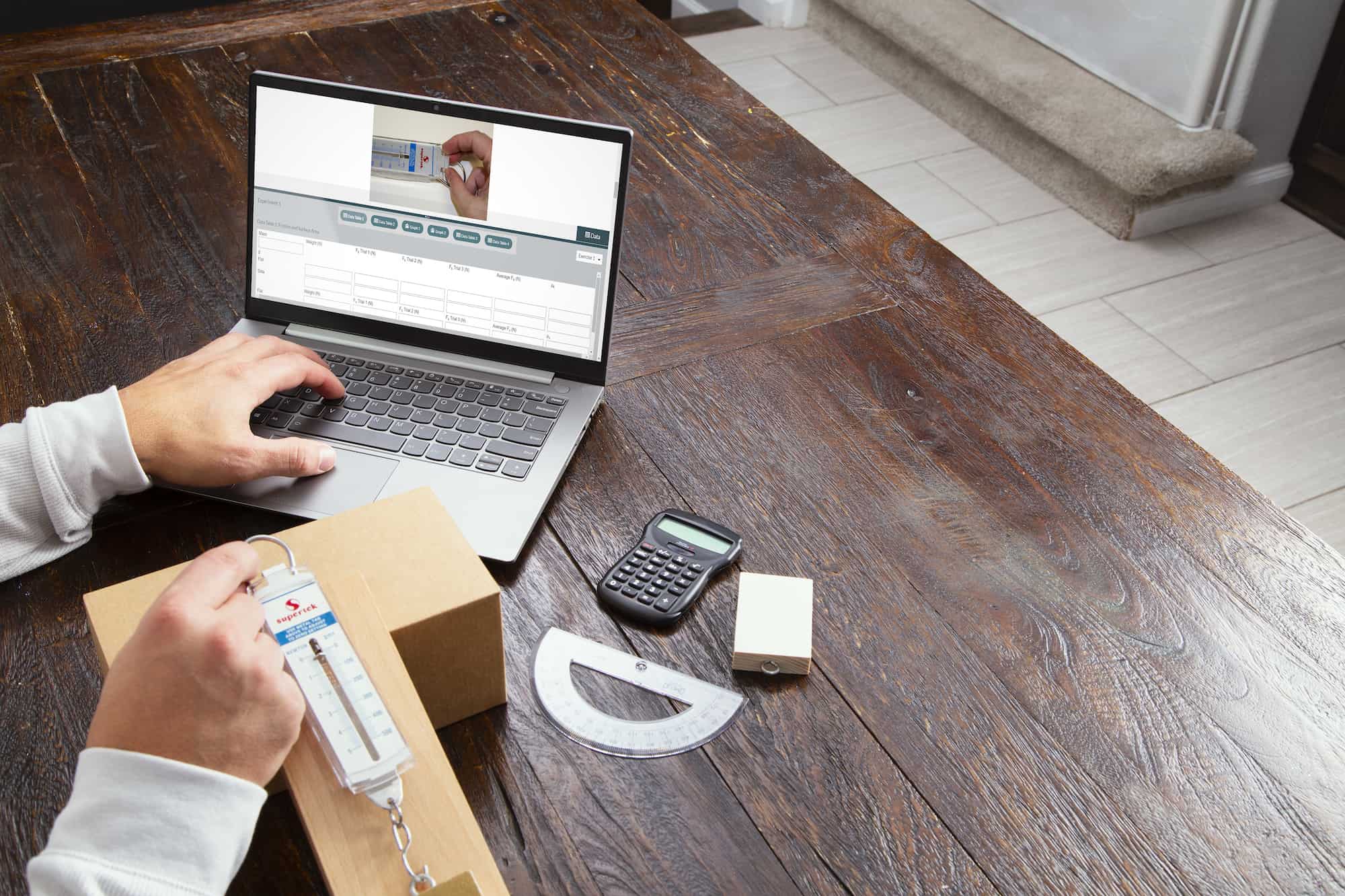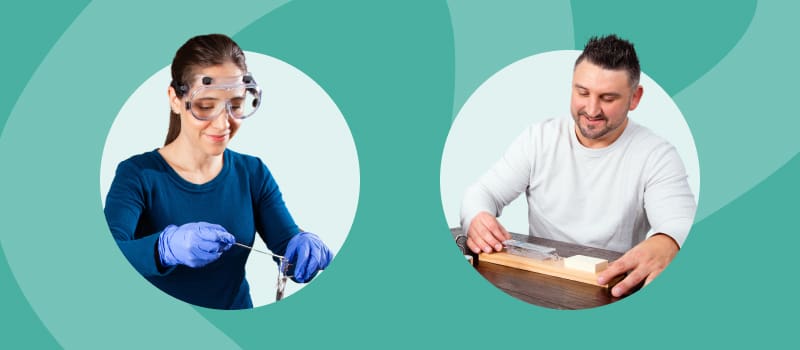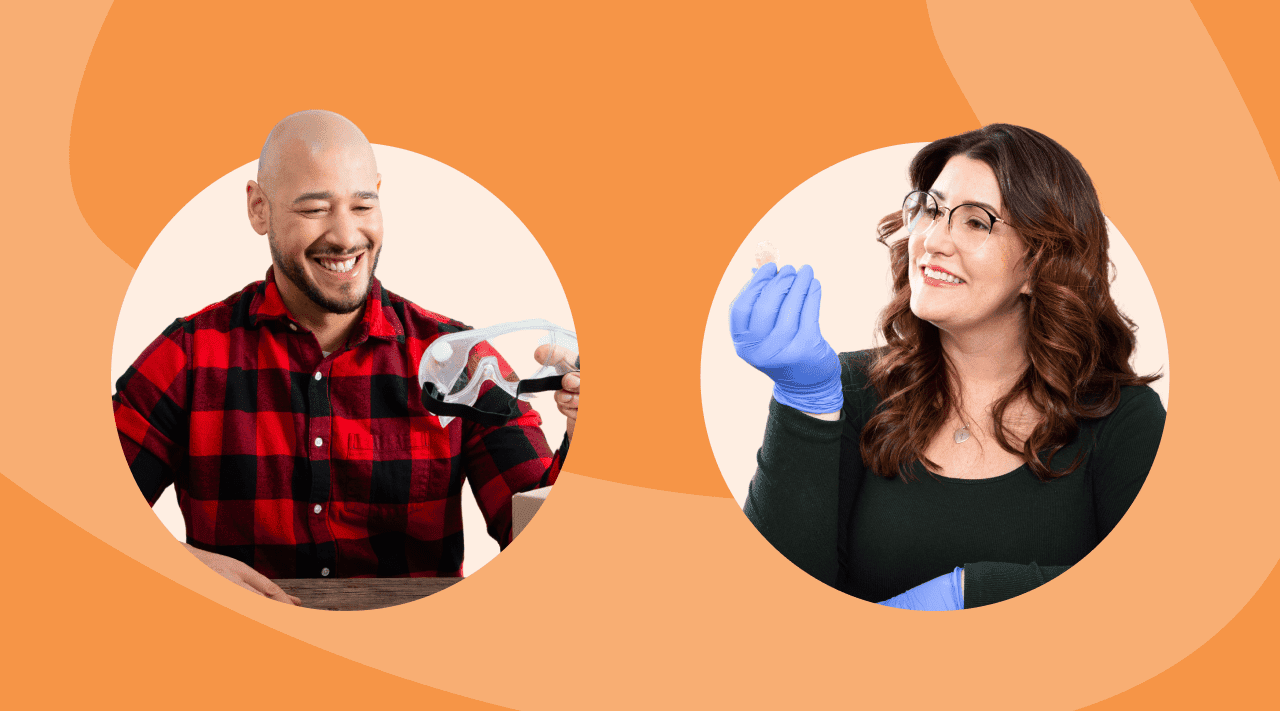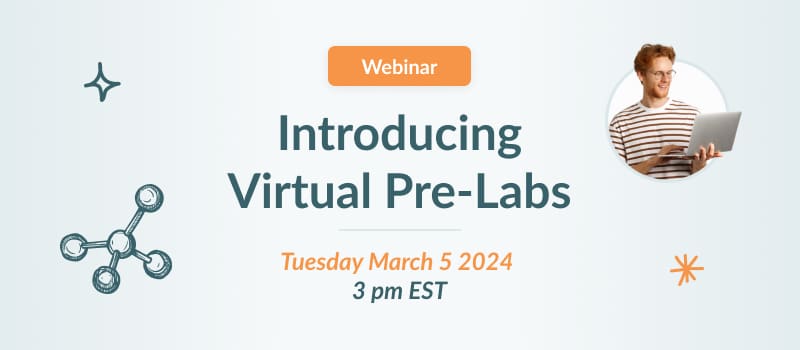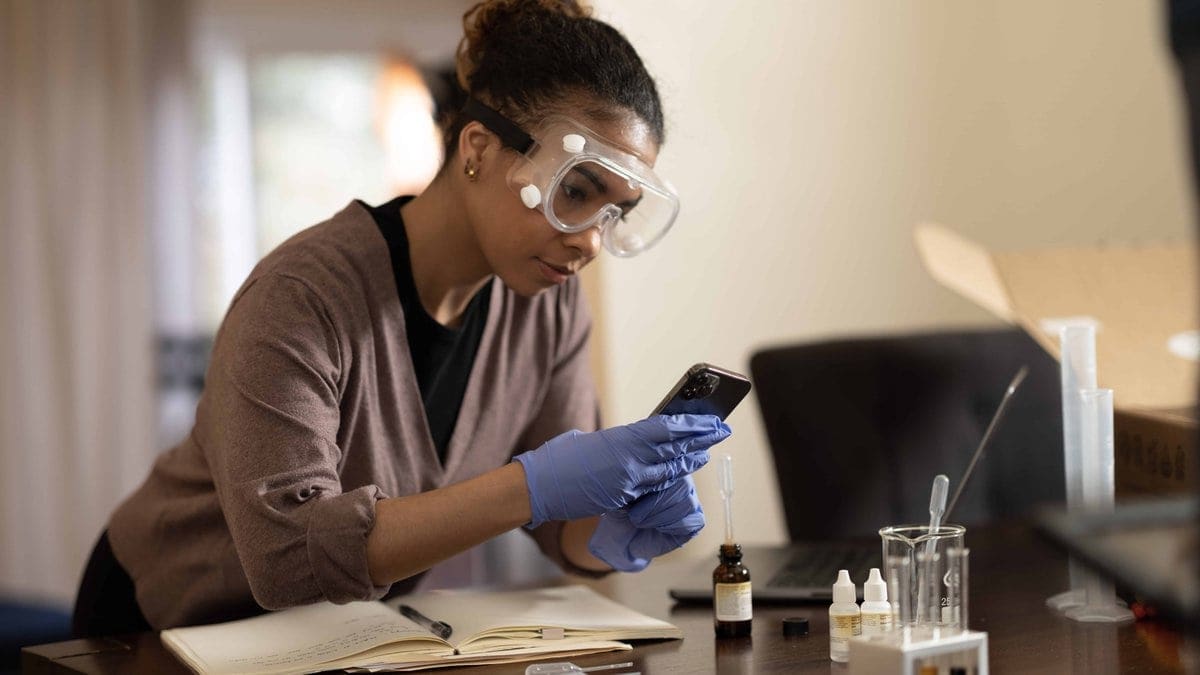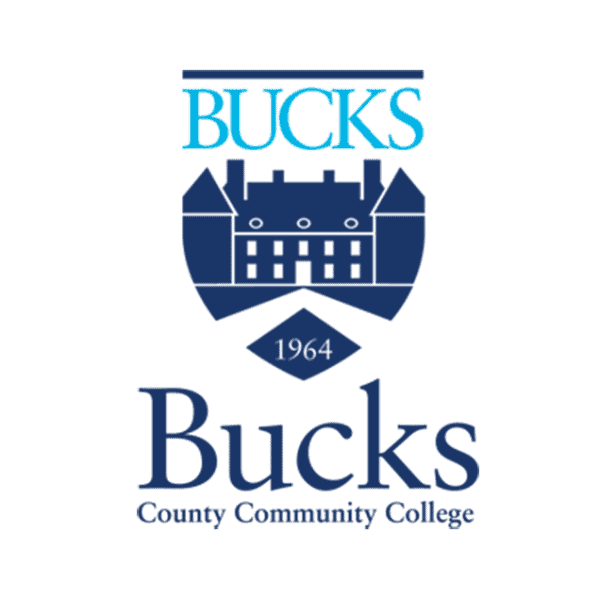Featured Article • April 15, 2024
Strategies for Delivering an Integrated Online Lab Experience
If you’re asking yourself how to teach science labs online in a way that feels easier, seamless, and high quality, look no further. We know figuring out how to deliver...
Read More
6 min read
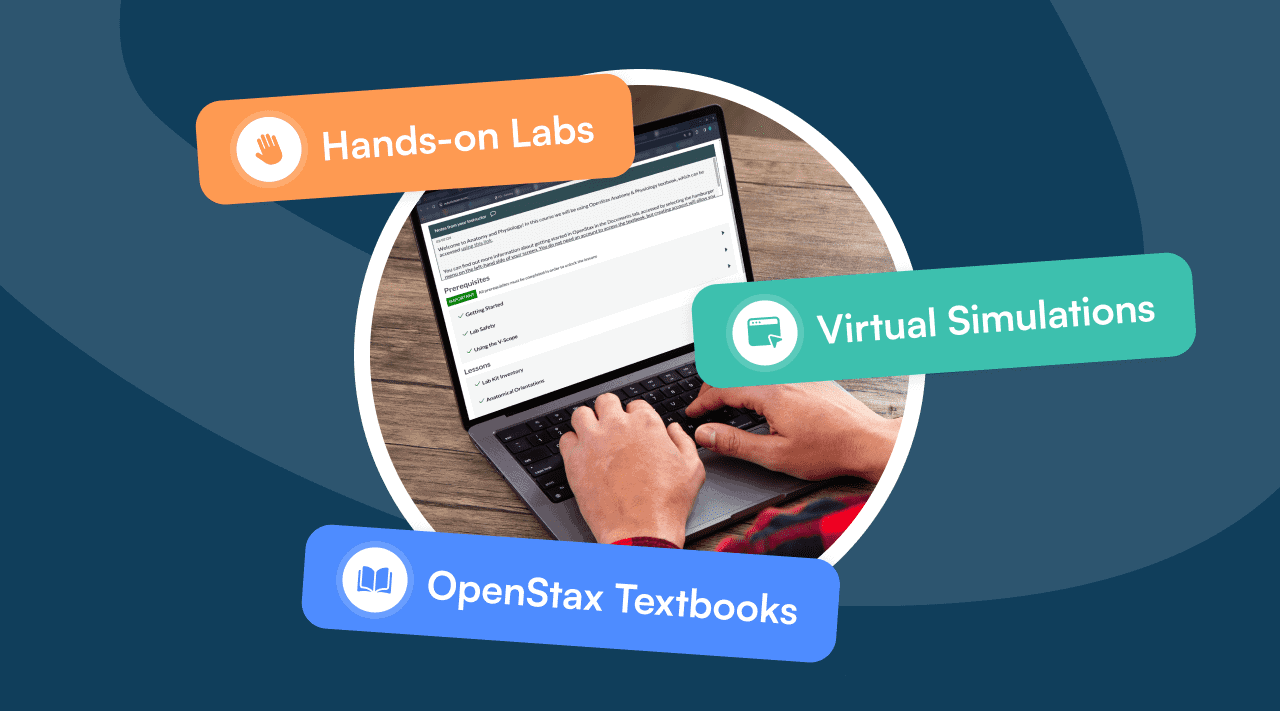
Recent Resources
View All
Strategies for Delivering an Integrated Online Lab Experience

6 min read
Ensuring Quality
Expanding Access
Teaching & Learning
How to Deliver High Quality Physical Science Labs Online: Bringing Molecular Modeling, Friction, and Stoichiometry Labs to Life
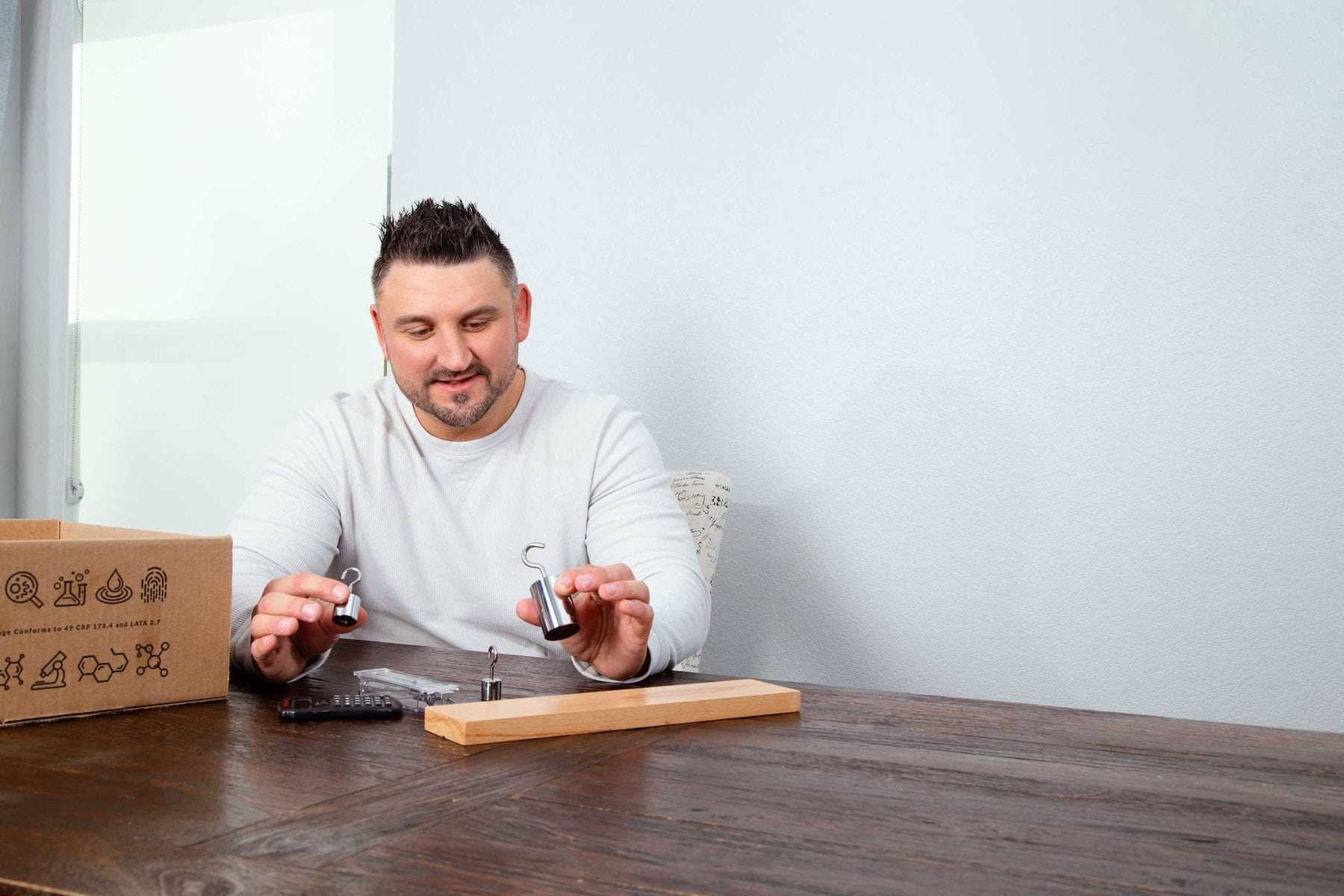
4 min read
Ensuring Quality
Student Engagement
How to Deliver High Quality Earth Science Labs Online: Bringing Minerals, Weathering & Acid Rain Labs to Life
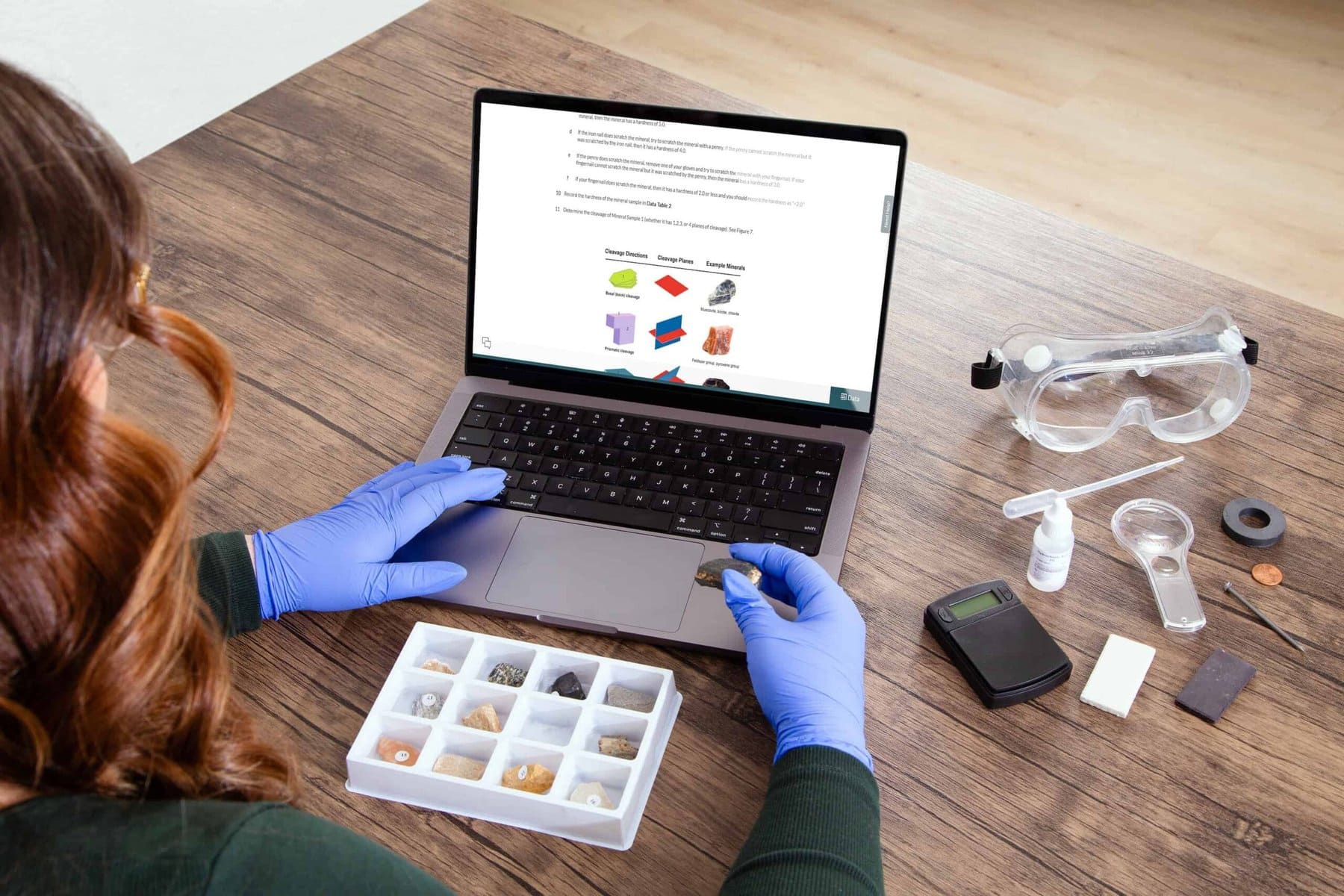
4 min read
Ensuring Quality
Expanding Access
Student Engagement
On-Demand Events
View All
